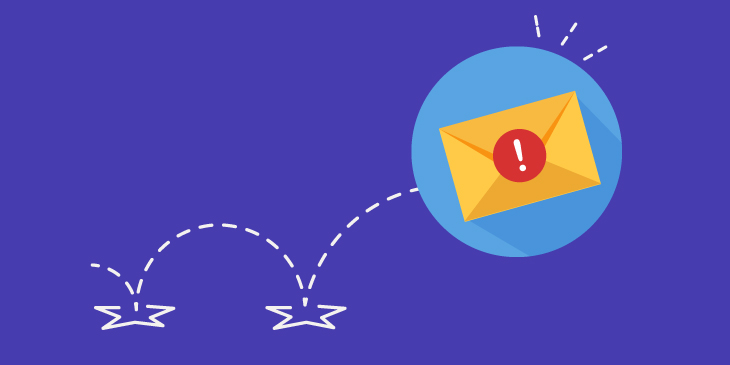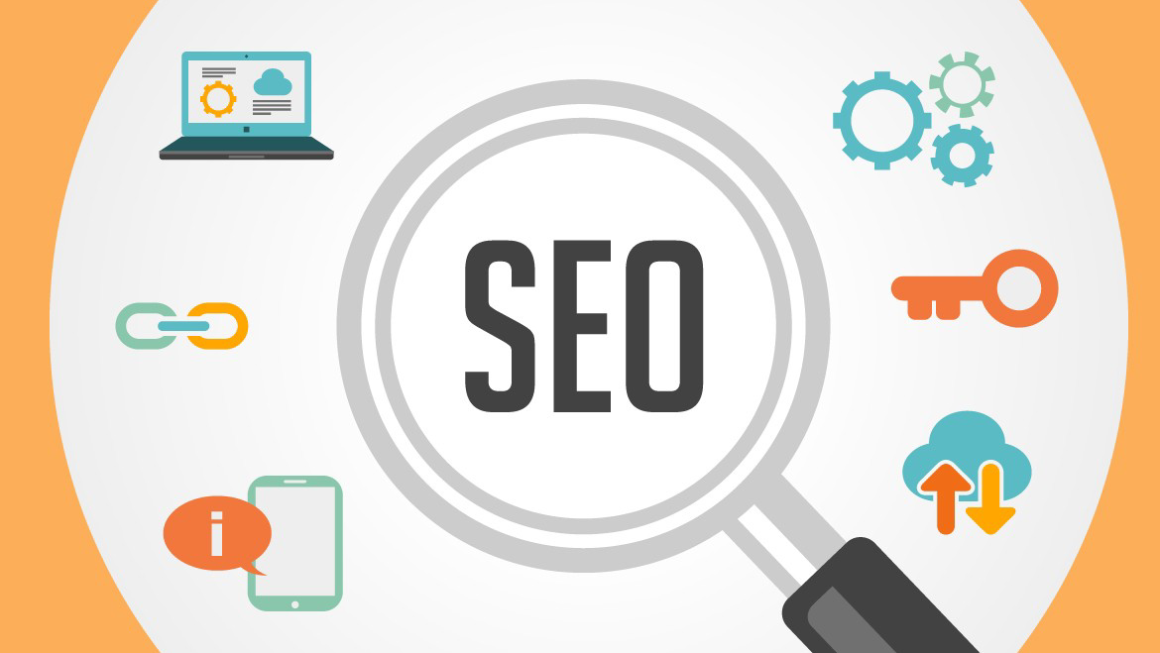Have your promotional emails been returning to you undelivered recently? Feeling like your efforts and resources on email marketing are going down the drain because they’re not reaching your desired audience? You’re certainly not the only one facing this.
Indeed, the challenge of email deliverability and the infamous “email bounce back” are hurdles many marketers globally grapple with. These can significantly impede the effectiveness of your marketing campaigns. Did you know the typical bounce rate across various sectors is roughly 10%? While this is a useful benchmark, the real questions are: Why do emails get returned, and what can you do about it?
In this concise guide, we’ll delve into the primary reasons behind your emails returning, from obsolete email databases to stringent spam filters. Plus, we’ll offer practical advice to enhance your email deliverability, ensuring your messages land right where you want them: in your subscribers’ inboxes.
Understanding the Bounce Back Phenomenon
As digital marketers, we pour our energy into crafting content that strikes a chord with our audience. But what if technical glitches, like email bounce backs, sabotage our hard work? What’s the real implication?
In simple terms, email bounce backs occur when your email fails to reach its designated recipient. This can be due to various factors, including:
- Non-existent email addresses
- Overfilled inboxes
- Overzealous spam filters marking your email as undesirable
The real concern with email bounce backs is their potential to drag down your email deliverability rate. This rate represents the fraction of emails landing in your subscribers’ main inboxes. A soaring bounce rate can tarnish your sender’s credibility, possibly getting your email ID marked as spam later on.
Hence, it’s crucial to monitor your bounce rate and implement measures to minimize it. By comprehending and tackling email bounce backs, you can amplify the impact of your email campaigns, retain subscriber engagement, and optimize the returns on your email marketing investment.
Why Do Emails Return Unopened?
So, where should you begin when trying to pinpoint the reasons behind subpar email deliverability? Often, a high bounce rate is a red flag indicating an issue with one or more of the following elements:
1. Incorrect Email Addresses:
One of the predominant reasons for emails bouncing back is an incorrect email address. This implies that the email address you’re attempting to contact either doesn’t exist or isn’t active. To counter this, it’s vital to ensure that the email addresses in your database are accurate and current. Fortunately, there are numerous email verification tools that can assist in this endeavor.
2. Overflowing Recipient Mailboxes:
Emails can also return if the recipient’s mailbox has no space left. In such cases, your email can’t be delivered and is sent back. This is especially common when targeting personal email accounts. A potential solution is to moderate the frequency of emails sent to a single recipient within a given period.
3. Issues with the Email Server:
Occasionally, server-related problems can cause emails to bounce back. This signifies an issue with the recipient’s email server, preventing your email from being delivered. Such disruptions can arise due to maintenance, system upgrades, or technical glitches. While there’s little you can do in these situations, persistence is key. Resending the email after some time might yield better results.
4. Trapped by Spam Filters:
Another common culprit is the spam filter. Email service providers employ these filters to weed out undesired or unsolicited emails. If your content gets flagged, it won’t make it to the recipient’s primary inbox. To navigate this challenge, craft your emails in a way that doesn’t activate spam filters. Steer clear of certain terms or expressions frequently linked with spammy content.
The Implications of Elevated Bounce Rates
But why should you be concerned if only a fraction of your emails are bouncing, while the rest reach their destination? Elevated bounce rates can have several adverse effects on your email marketing endeavors:
- Eroding Trust: Bounced emails can indicate a lack of thoroughness in gathering genuine email addresses. When users notice frequent bounce backs, their trust in your brand might wane, leading to unsubscribes and potential damage to your brand’s image.
- Compromised Email Deliverability: Platforms like Gmail, Yahoo, and Outlook employ algorithms to discern spammy emails. A high bounce rate can flag your content as spam, relegating your emails to the spam folder, even for genuine subscribers.
- Resource Drain: Dispatching emails to non-existent addresses squanders resources, from the effort invested in crafting tailored campaigns to the financial costs.
- Increased Expenditure: Many email marketing platforms bill based on the volume of emails dispatched. Bounce backs mean you’re essentially paying for emails that never reach their intended audience.
Strategies to Minimize Email Bounce Rates
Noticing a surge in bounced emails? Here are some proactive measures to ensure your emails find their way to the intended inboxes:
- Leverage Email Address Verification: Before hitting ‘send’, verify your email addresses. This ensures a pristine email list, delivering your content only to genuine addresses. Tools like MailVerifier.io, often regarded as the best email verification tool, can be invaluable in this process.
- Enhancing Your Email Authentication Process: Authenticating your emails is a surefire way to gain the trust of the recipient’s mail server. This not only increases the likelihood of your email landing in the main inbox but also diminishes the chances of it being flagged as spam.
- Optimizing the Email Subscription Process: An optimized opt-in process ensures you’re only dispatching emails to those genuinely interested. By incorporating a double opt-in system, you can significantly reduce the chances of sending emails to invalid or mistaken addresses.
- Tailoring Your Emails for Your Audience: Emails that resonate with the recipient on a personal level have a higher open rate. Incorporate elements like the recipient’s name or reference past interactions to make your emails more engaging and relevant.
- Steer Clear of Spam Indicators: Certain words, excessive punctuation, or an all-caps approach can be red flags for spam filters. Familiarize yourself with these triggers and avoid them in your email content.
- Purge Inactive Subscribers: Regularly review your subscriber list and consider removing those who haven’t engaged with your content in a while. This not only improves your engagement metrics but also reduces the chances of bounces from abandoned accounts.
- Stay Off Blacklists: Being blacklisted can severely hamper your email deliverability. Adhere to best practices in email marketing and steer clear of tactics that might be flagged by spam filters.
- Harness the Power of Email Deliverability Tools: Tools designed to enhance email deliverability can be game-changers. They identify and weed out inactive or invalid email addresses, thereby reducing your bounce rate.
One such tool is MailVerifier, the best email verifier that streamlines the process of ensuring your emails reach their intended recipients. With features like bounce protection, you can distinguish between temporary (soft) bounces and permanent (hard) bounces, allowing you to take corrective measures.



